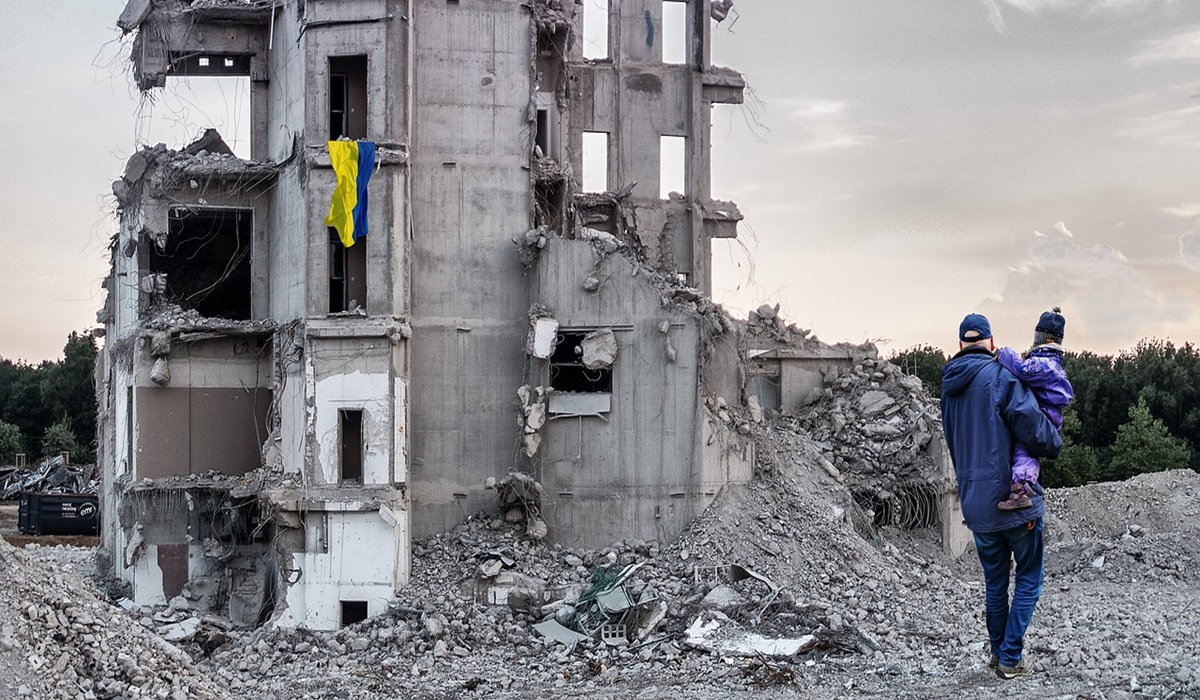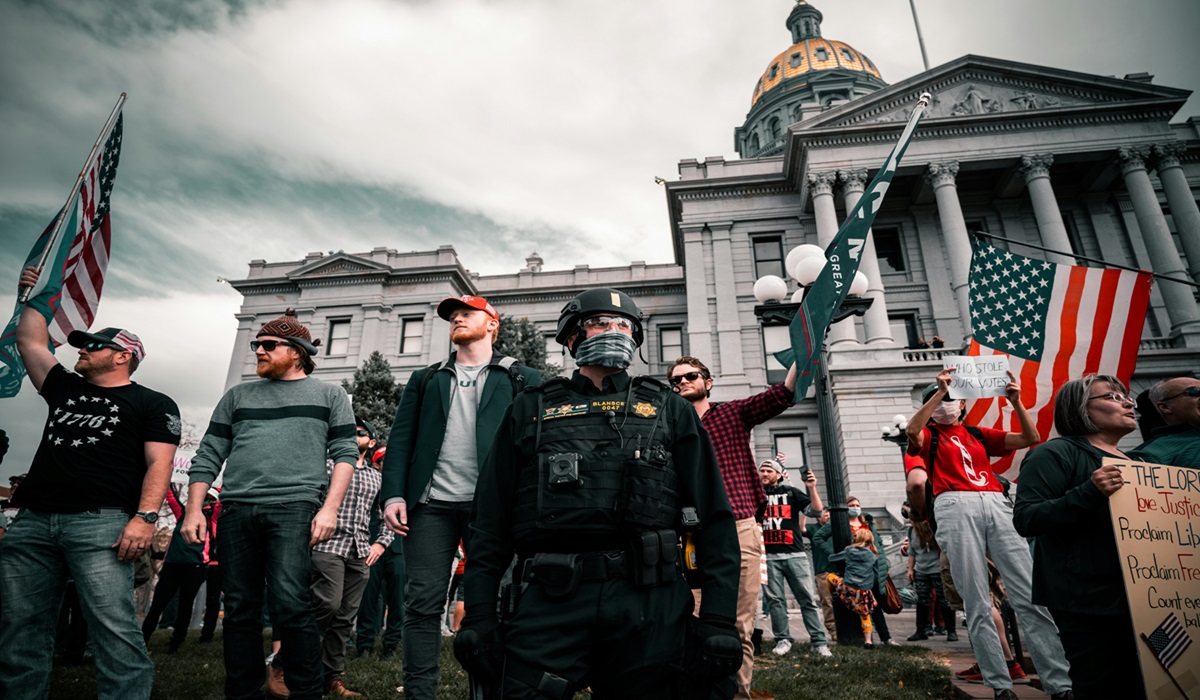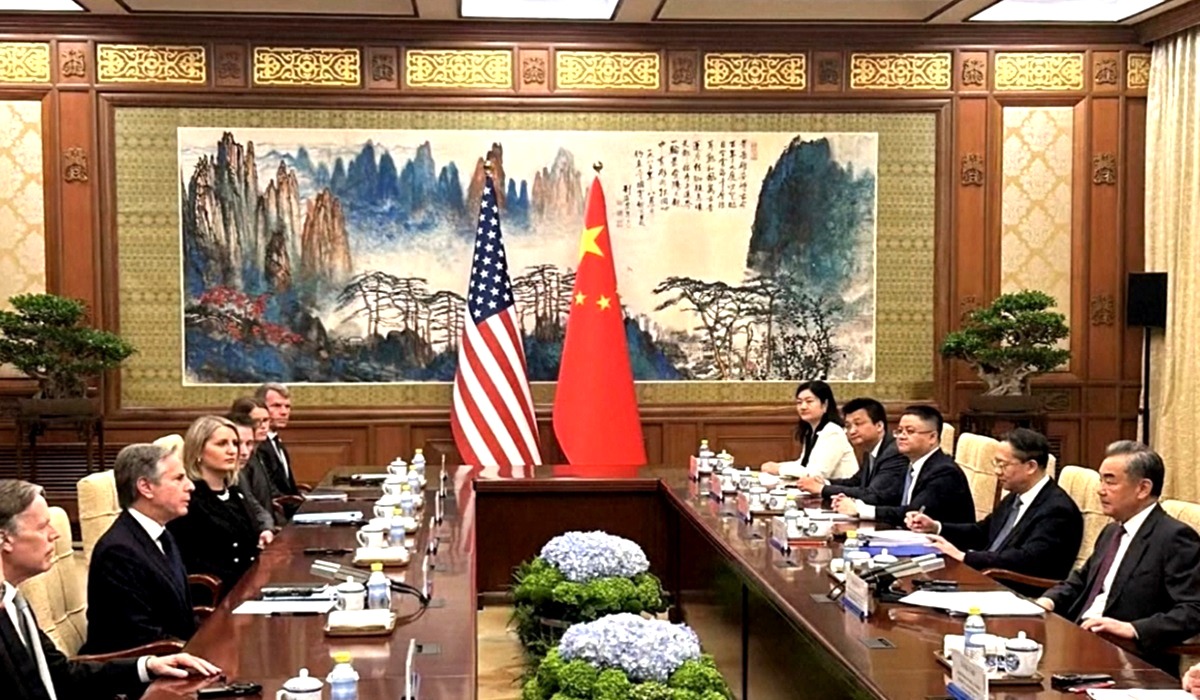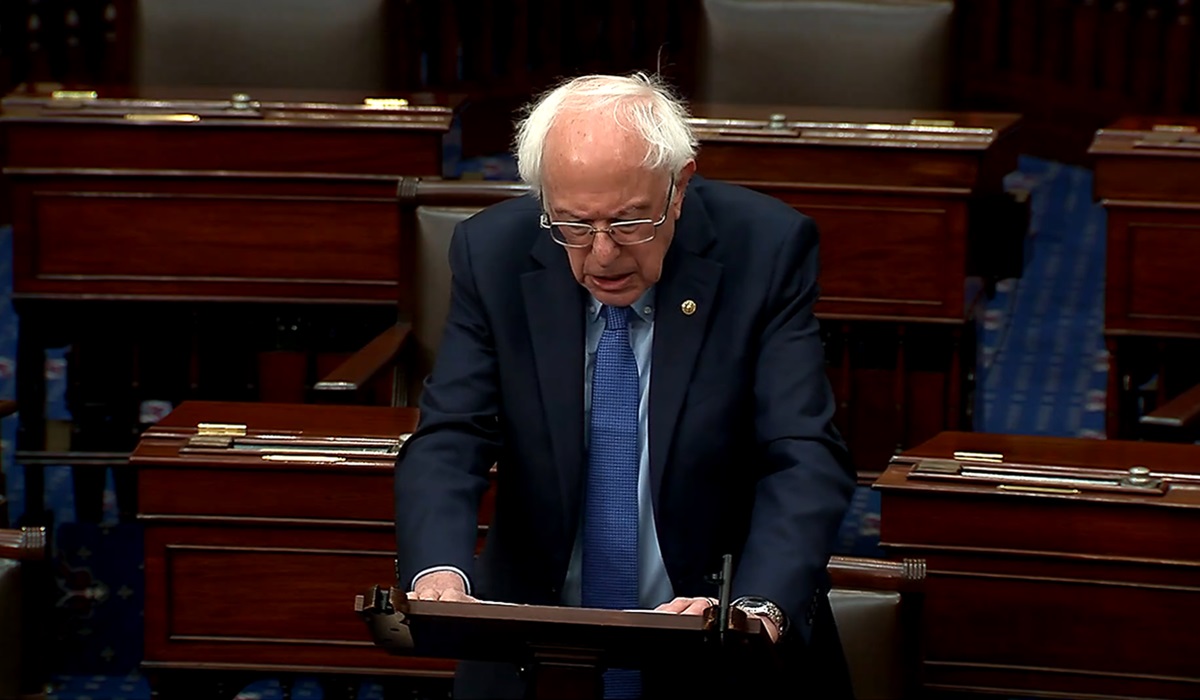Deciphering Pentagon’s Mixed Messages on the War in Ukraine: A Reality Check
- Naomi Dela Cruz
- U.S.A
- April 12, 2024

Image credit, WiR_Pixs
In the convoluted landscape of the conflict in Ukraine, the Pentagon’s communication has been a labyrinth of half-truths and obscured realities. While official statements may offer glimpses of hope for Ukraine, the ground truth is far bleaker: Russia has effectively triumphed.
Contrary to Pentagon assertions, Russia’s advancement in Ukraine has been relentless, consuming territory at an alarming rate. With an influx of hundreds of thousands of better-equipped, better-paid, and better-trained military personnel, Russia’s dominance is undeniable.
However, amidst this stark reality, Western rhetoric perpetuates the illusion of Ukrainian resilience. The idea of a winnable war has given way to a more somber acknowledgment of Ukrainian determination, yet fails to alter the course of the conflict.
Critically, the absence of significant U.S. military intervention speaks volumes about the perceived threat to American national security. The deployment of US B-2 stealth bombers and naval battle groups, pivotal indicators of a genuine threat, has been conspicuously absent. This absence suggests that the conflict in Ukraine never posed a direct threat to US interests.
Moreover, the internal political dynamics within the United States further muddy the waters. Divided over issues like funding for border security, Congress remains unable to provide the necessary resources to bolster Ukraine’s defense. This political gridlock prolongs the stalemate and diminishes Ukraine’s chances of withstanding Russian aggression.
Looking beyond the immediate conflict, the broader geopolitical implications become apparent. The consistent push for NATO expansion around Russian territory, along with perceived broken agreements regarding NATO’s encirclement, has fueled tensions between Russia and the West. Russia’s historical view of Ukraine as a prized territory further complicates the situation, adding layers to the conflict’s complexity.
Additionally, Russia’s assertion that its operation in Ukraine aims to rid the country of Nazism adds another dimension to the narrative. This narrative, though contested, underscores the multifaceted nature of the conflict and the divergent perspectives at play.
Amidst the deluge of information and misinformation surrounding the conflict, it’s evident that the true victims are the Russian and Ukrainian people. The suffering caused by bombings, the enrichment of contractors, and the perpetuation of proxy wars by distant world leaders underscore the human cost of geopolitical maneuvering.
The Pentagon’s mixed messages on Ukraine reflect the intricate web of geopolitical complexities at play. While blame is not attributed to any single party, the need for a coherent and decisive international response becomes increasingly urgent. Failure to address the root causes of the conflict risks prolonging the suffering of those caught in its crossfire.







